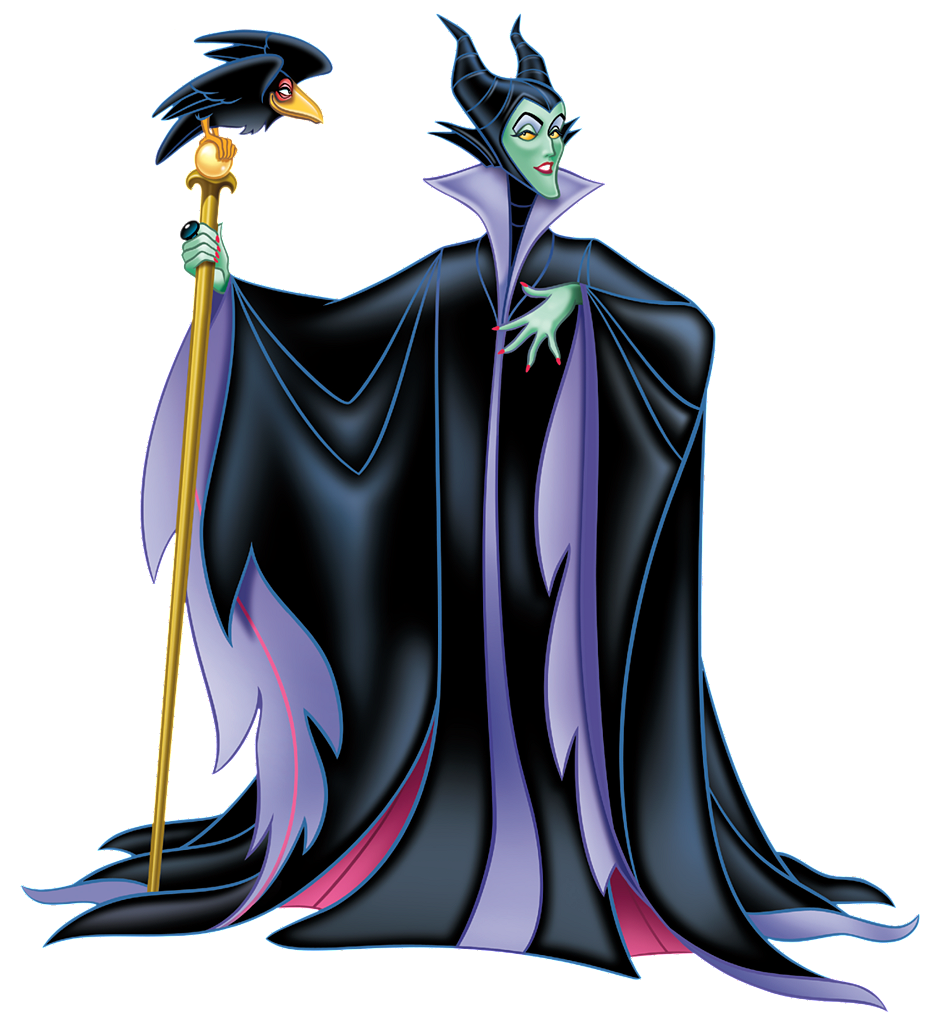Monday, March 3, 2014
Less is More
One of the fun things about the Disney Princess races is the costumes. Almost everyone runs in costume. Usually, it's a costume of a Disney character. The costumes are really something. Some of them are accurate down to the tiniest detail. Others are not so detailed, but give the essence of the character. One good example from this past weekend was Maleficent, the villainess in Disney's Sleeping Beauty. There were quite a few people wearing Maleficent costumes. One woman was wearing a particularly detailed costume. She had on the two foot high headdress, long sleeved black dress that reached to her shoes, and a black and purple cape with a high collar. The problem was, she couldn't run in it - at all. She hobbled along in that black dress in the Florida heat for the entire race (at least I think it was, because I passed her early on). Then there was another woman. She was wearing a headband with 3 inch high renditions of Maleficent's horns, a black running T-shirt and black shorts. Over her shoulders, she had the merest of a cape, just 24 inches of it. Her entire costume screamed Maleficent. And she could still run fairly quickly. There were a lot of examples like that this weekend, with lots of Disney characters.
The trick to a successful Disney running costume is to convey your message without getting bogged down in the details. What you want to do is distill the character you're representing down to its essential details. Any more than that and either you miss the mark entirely because too many details invite too direct a comparison with the original (for which you will usually fall short), or because it bogs you down so you can't complete your intended action, run the race. Too few details, and no one knows which character you are. There's a balance between too much and too little.
It's the same way when we present a case to a judge here in the Trenches. Clients want us to elicit every single detail of their lives on the stand. They figure the judge can only understand what their lives were like, can only see the righteousness of their claim, if they hear every little miniscule unimportant detail. Actually, what presenting all those details gurantees is a bored judge. They don't care whether the incident occurred in a corner of the bedroom in front of the blue, no green, drapes at exactly 1:02pm. What works much better is to paint a picture for the judge, kind of like creating a Disney running costume. We want the judge to get the feel of what life was like, what everyone did and how they did it. We paint it with broad strokes, providing enough details for the picture to be complete, but not so many that we trip over ourselves. It's the important details, not all details. This gives us more time and space for a global picture, it gives us space for the emotion to come through and be felt, rather than lost in a mass of facts. Our job is to help you tell your story so it can be heard and understood. Usually, that means less is more. Here in the Trenches.
Subscribe to:
Post Comments (Atom)

No comments:
Post a Comment